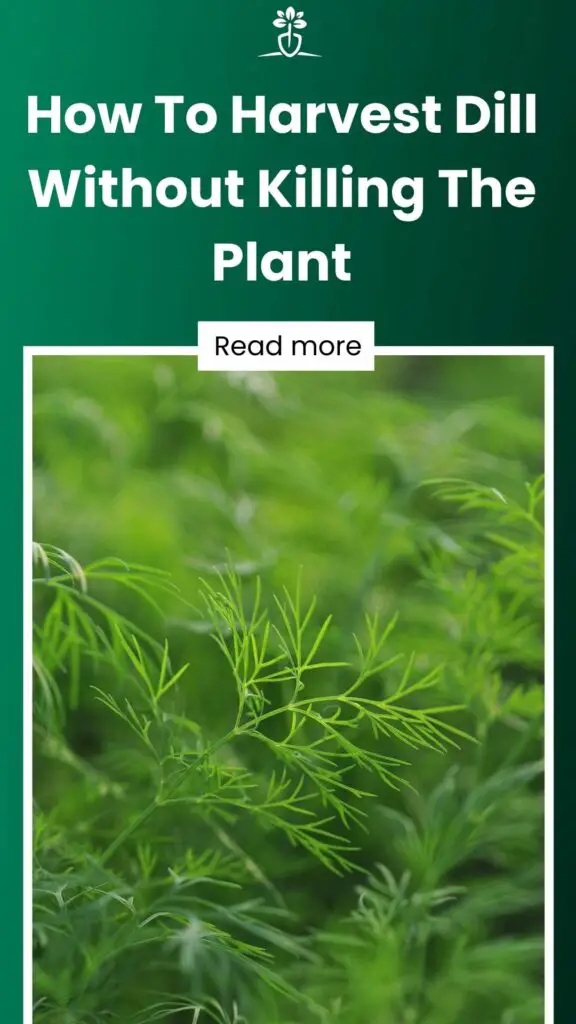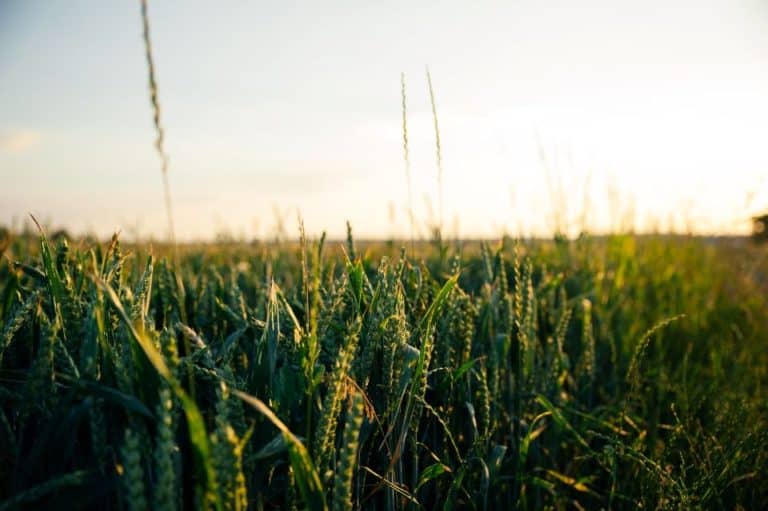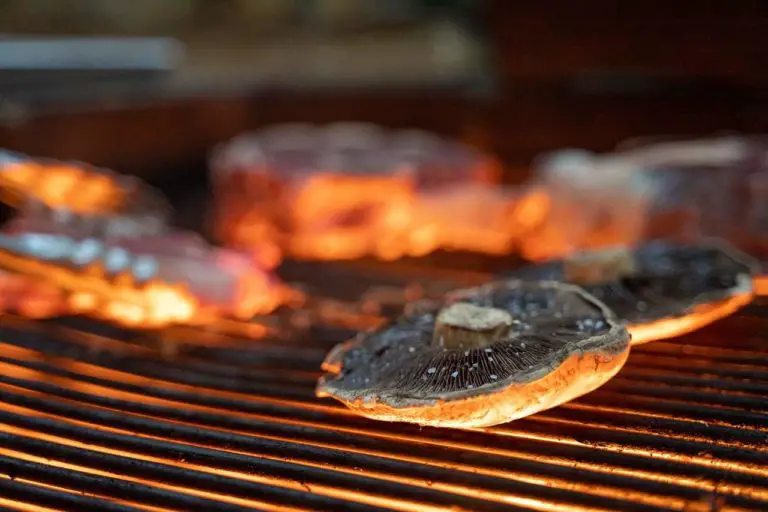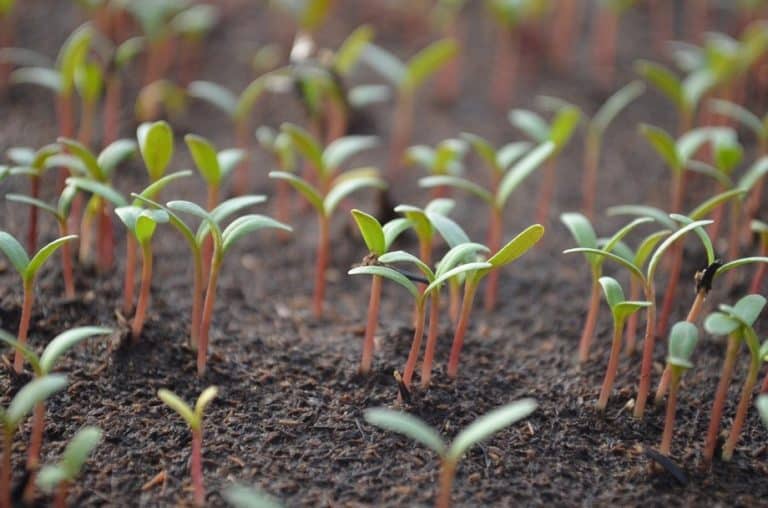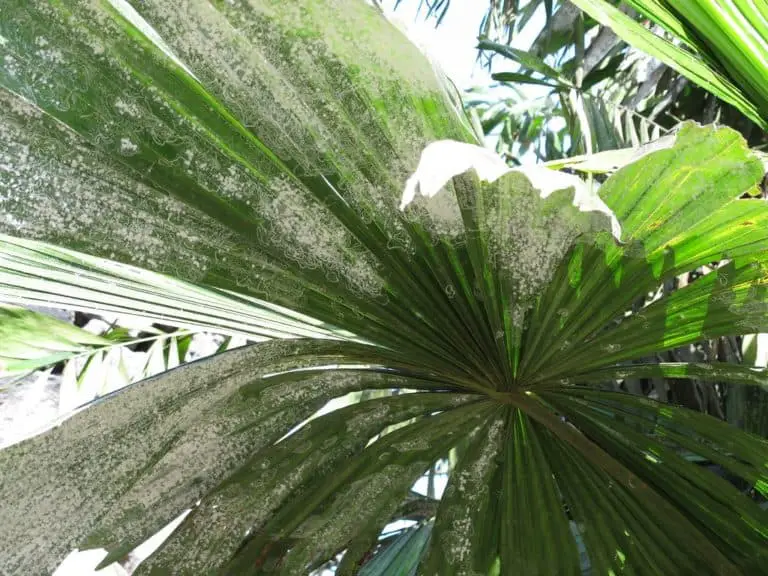How To Harvest Dill Without Killing The Plant
Wondering how to pick dill without hurting it? Find out the best method to collect this yummy herb and savor its taste every season!
You can harvest dill without killing the plant using clippers or garden snippers. Cut off the leaves at the top as soon as you see 4 to 5 leafy sprigs growing. Do not take off more than ⅓ of the plant, which can halt growth.
Contents
How To Harvest Dill
Dill is a cool-season herb that should be sown directly into the soil, as it does not favor transplantation. Soil temperatures of 60-70 degrees Fahrenheit are best for continuous harvesting opportunities.
Harvesting Dill Leaves

Dill takes about 70 days from when it is planted for its fern-like leaves to fully mature. However, you can start snipping away and enjoying the herb as soon as you see 4 to 5 leaves growing from the main stem.
Remember that when we say dill leaves, we are talking about leafy sprigs and not individual leaves.
To harvest dill leaves without killing the plant, you need to understand when and where to start snipping the stems. Since dill grows back very quickly, harvesting the plant the right way will allow multiple harvests throughout the growing season – which is after the threat of frost has passed.
Harvest The Top Leaves First
When the dill plant is at least 6 inches tall, which could take about 4-8 weeks, start the harvest from the outer, taller leaves.
When you work your way from the top leaves, the plant tends to grow outwards instead of upwards. This is a great way to propagate healthy growth to have a fresh dill at your disposal throughout the season.
Keep in mind how extreme temperatures can affect the growth of your dill plants. Since dill prefers cooler temperatures, extreme heat will cause it to bolt. On the other hand, frost will also kill the plant.
If there is a threat of frost, you need to harvest all the dill leaves before it occurs.
Another useful tip is to harvest dill right before you have to use it. This is how you can extract maximum flavor from the herb. However, an exception can be made at the end of the growing season where you can harvest all the grown dill leaves and preserve them for later use.
Water Before The Harvest
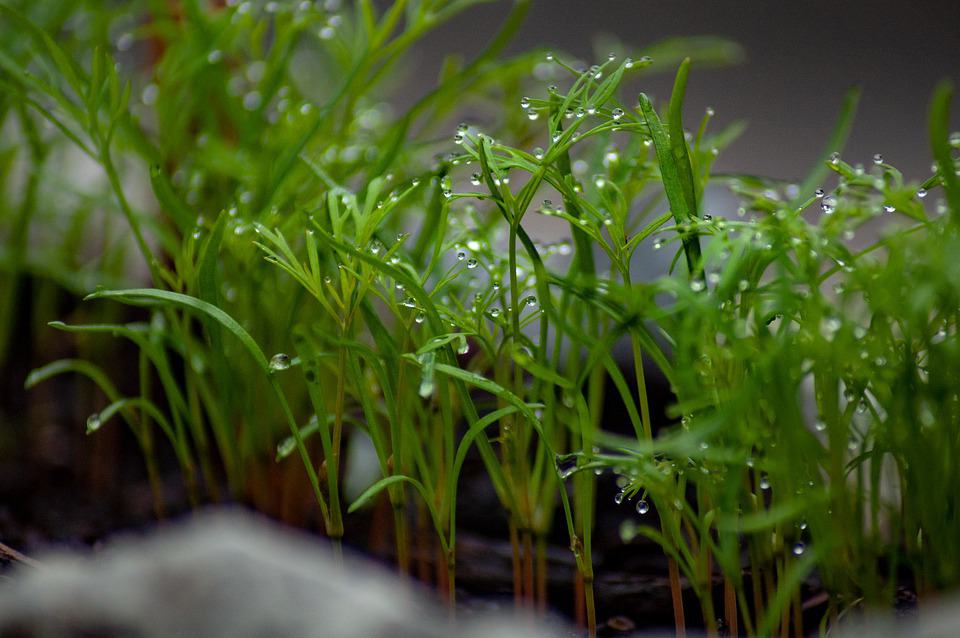
Whenever you plan to harvest dill foliage, water the plant a day before, ensuring maximum hydration. This allows the plant to bounce back immediately after the trim so that it can keep growing new leaves throughout the season.
A good trick is to water the dill plant overhead. This will not only ensure hydration, but also clean your plant.
The Correct Way To Trim The Leaves
When harvesting dill leaves, aim for the tallest leaves at the top to allow the plant to grow rounder rather than in a vertical direction.
If you have many dill plants growing together, you might choose to go for the younger, more tender stems instead of the older ones. However, a basic rule of thumb when harvesting is to go for the taller leaves for better overall growth of the plant.
To harvest dill, make clean cuts using garden snippers. You can also use your hand to snap the soft branches with leaves where they meet the main stem.
When using your hands to harvest dill leaves, ensure clean cuts. Roughly tugging onto the stem can result in damaging the plant.
Hold the stem firmly between your thumb and index finger and pinch for a clean cut.
If you are more comfortable using gardening pruners, we recommend the VIVOSUN 6.5 Inch Gardening Hand Pruner. It has stainless steel blades that are safe and easy to use.
Harvesting Dill in Larger Amounts
One of the best things about harvesting dill is its quick regrowth; thus, you do not have to wait for the plant to mature completely. This gives you the freedom to harvest often and still have fresh leaves throughout the growing season.
However, some people might want to harvest dill foliage in large quantities. In that case, you have to wait for about 8 weeks after the dill plant seeds have germinated. Seed germination usually takes 10-14 days after plantation.
The best time for a large harvest is just before the plant starts to flower.
As soon as the buds form (it’s important not to let them open), you can snip off the dill leaves. At this time, dill will give you the most potent flavor.
Preventing The Plant From Dying
When harvesting dill leaves, make sure to only cut off ⅓ or less of the plant leaves.
Cutting half or more of the dill plant will hinder its ability to regrow leaves quickly and you will have to wait longer for your next harvest. Moreover, if you chop off too many leaves and stems in one go, it can cause your plant to go into shock and wilt.
Another crucial thing to remember to prolong dill harvests is to prevent the plant from flowering.
The dill plant will soon die if you allow it to flower and go to seed. The reason why the dill plant stops producing leaves after it flowers is that it invests all its energy into growing flowers. Flowering also causes the fronds to become bitter, losing their signature zesty flavor.
To prevent the plant from flowering and going to seed, snip or pinch the flower buds. In this way, you can keep harvesting fresh leaves for a longer time.
However, since dill is self-seeding, allowing a few plants to flower and seed will result in a no-fuss permanent dill patch. As the dill plant seeds on its own, it will regrow next spring without much help from you.
Harvesting Dill Seeds
Dill leaves are not the only thing the plant offers to harvest. Many people harvest dill seeds because of their usage in several pickles, bread, vegetables and soups.
To harvest dill seeds, you must allow the plant to flower. After some time, you will see tiny seeds develop on the flower heads. When the seeds turn tan or brown, you will know that they can now be harvested.
You can clip through as many ripe seed heads as you want and place them in a paper bag. Hang them head-side down somewhere dark, warm and dry.
In about a week, the seeds will fall from the flower head into the bag. Additionally, you can rub the heads between your palms to loosen the seeds. Sift the seeds by fanning them to get rid of the excess plant material.
The collected seeds can be used then and there. Alternatively, can allow them to dry further for a week or more before storing them in your spice cabinet. Make sure the storage place is dark and dry.
When it is time to use the dill seeds, you can crush them to help them release oils for a richer flavor.
The Right Time To Harvest Dill
The right time to harvest dill depends on whether you want to collect the fern-like foliage or the seeds.
As discussed before, for dill leaves, the plant takes about 70 days to mature. However, you have to wait an additional 20 days if you want to harvest seeds.
Pruning Dill Leaves For A Better Harvest
Pruning is imperative to propagate healthy growth of the dill plant. Regular pruning allows the dill plant to grow bushier, and it also prevents it from flowering, resulting in more harvests.
Since you should ideally snip dill leaves right before you need to use them, you can think of pruning as smaller harvests.
Remember that when we talk about helping with harvests, we talk about dill foliage harvesting, not seed harvesting.
Dill is a very forgiving plant to prune; so, just making clean cuts should do the job.
However, a common practice is to clip the younger stems where they meet the main stem. This helps in quick leaf regrowth through branching. Regular pruning will also delay the flowering process, resulting in extended days of freshly picked dill from your garden.
Do not confuse pruning with harvesting. Pruning is essentially done to promote and encourage plant growth, whereas harvesting is done to clip off parts of a plant when you need to use them.
However, plants like dill keep regrowing without much help, given the right temperature and soil conditions. Thus, pruning and harvesting practices are often combined.
Just as you should with harvesting, make sure not to take off more than ⅓ of the plant while pruning.
Conclusion
In conclusion, you can harvest a dill plant when you see 4 to 5 frond-like leaves or when the plant reaches 6 inches in height by snipping where the young branches meet the main stem. Make clean cuts and remember not to take off more than ⅓ of the plant for a fruitful harvesting season.
